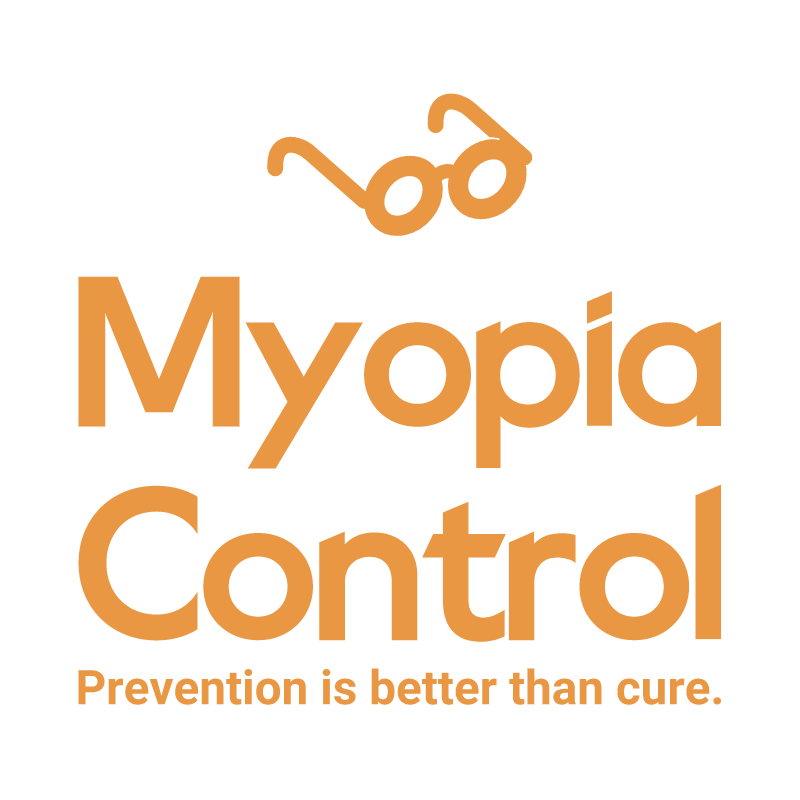Contrast sensitivity is the ability for a person to detect an object against a background that can be very similar to the object in contrast. A person who has good contrast sensitivity is able to distinguish an object which may be very similar in color or contrast to the background in a dim environment.
Testing of visual acuity is different from contrast sensitivity. This is because the visual acuity charts test uses letters of high contrasts. A person with poor contrast sensitivity may be able to read the visual acuity chart very well, but perform poorly on the contrast sensitivity chart.
Contrast sensitivity is very important in daily tasks. We are able to recognize a person in dim light, because we can distinguish his facial features in the dark, which is a low contrast task. We are also able to see well at night, not to trip over uneven ground as we are able to see the unevenness of the ground even in dim light.
Instructions
Position yourself with your eyes 35 centimeters away from the screen. Click on the image and click “start” to start the test. Click either up, right or left, based on the orientation of each image. .
Contrast targets are randomly presented one by one, until all the targets have been done. Graph of performance will be automatically drawn up, with the normal gray zone illustrated.
Interpreting the resultsIf the line is below the grey region, you may have reduced contrast sensitivity. There are various reasons that causes reduced contrast sensitivity, including cataracts, contact lens complications, inaccurate prescription of spectacle lenses, ocular pathology, medications, post-refractive surgery, and systemic health conditions. An eye check with an eye doctor or optometrist may be necessary to ascertain the cause of your reduced contrast sensitivity.

